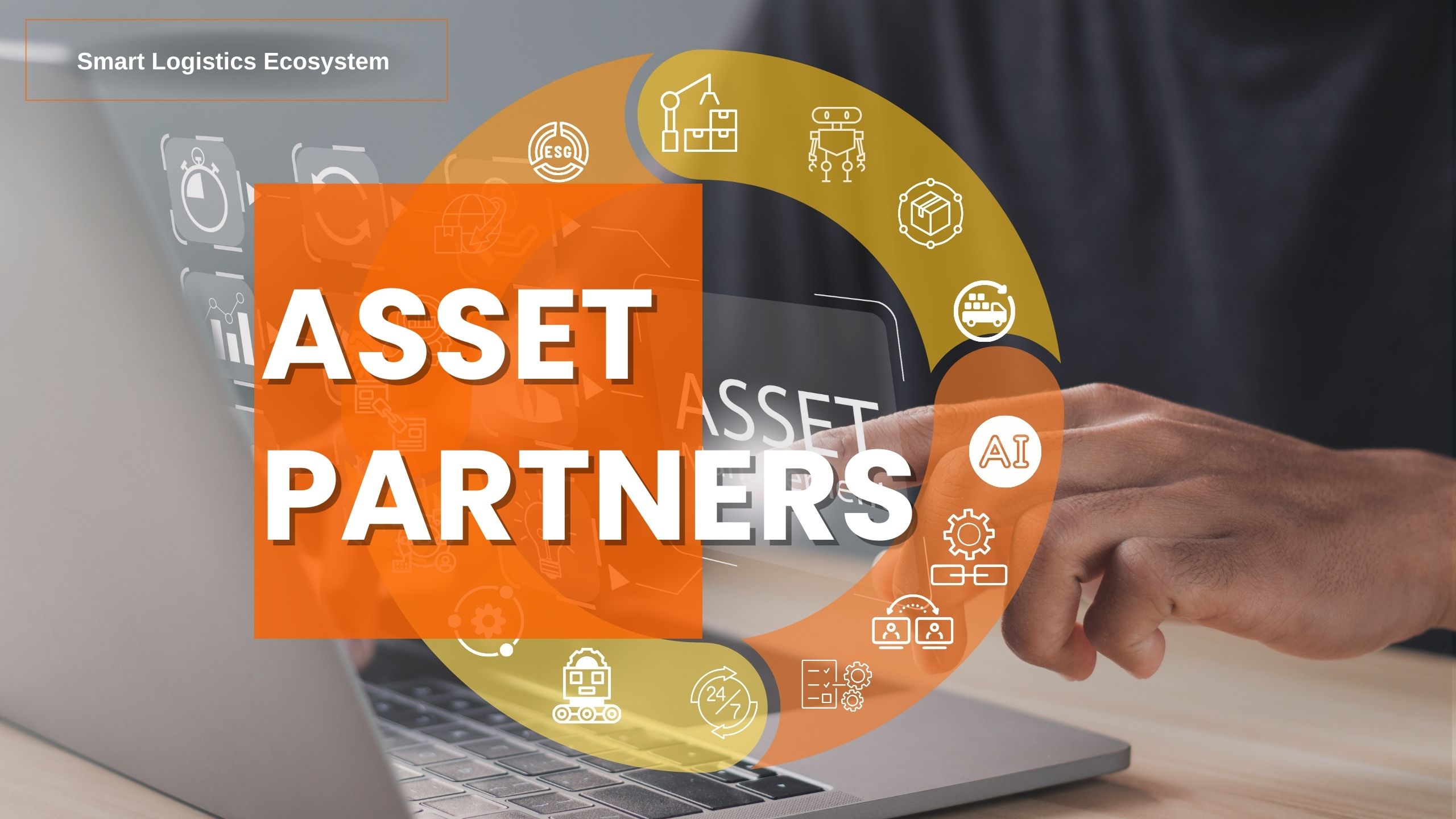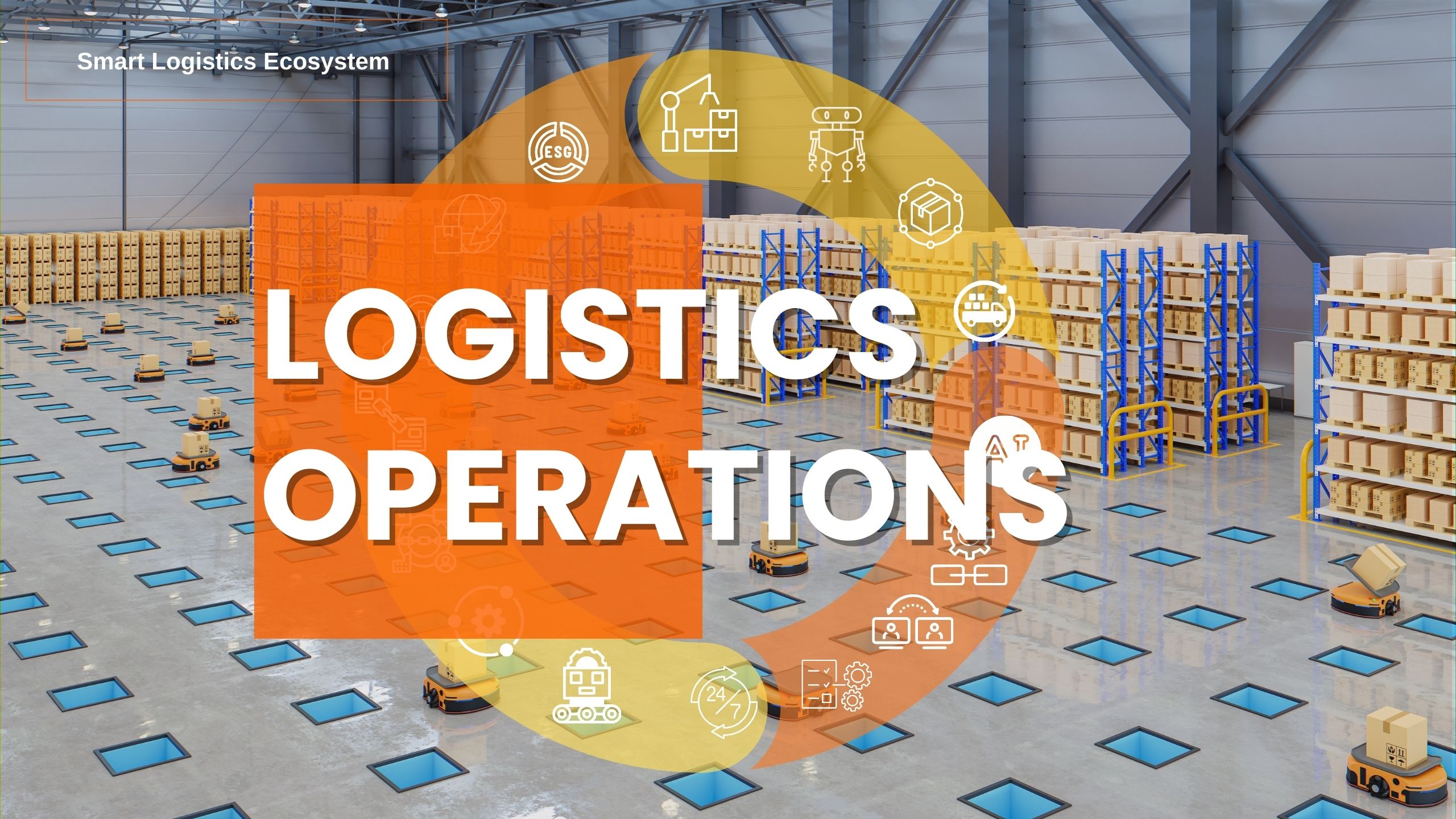How Digitalization is Opening New ASEAN Markets for Logistics
- March 28, 2024

The rapid growth in ASEAN economies, especially e-commerce, is fueling substantial demand for logistics services. A Google – Temasek study estimates Southeast Asia’s online market will reach $240 billion by 2025.
As recovery takes hold and infrastructure improves, Greater Bay Area and ASEAN markets are poised for vigorous expansion in 2024, presenting opportunities for logistics service providers.
ASEAN markets have matured, with a population exceeding 660 million. Younger demographics and middle-income groups are expected to comprise over 60% of the total by 2030, signaling massive consumer potential. Bilateral trade between ASEAN and Hong Kong also surged by 20% from 2018-2022.
Singapore and Hong Kong have vied for top Asia-Pacific logistics hub status for a decade, according to the World Bank. This healthy competition spurs Hong Kong to advance initiatives like its “Modern Logistics Development Action Agenda”.
To capitalize on ASEAN’s booming e-commerce, enterprises must enhance online-offline experiences through digital platforms. Advanced technologies like AI can optimize tracking, inventory, and route forecasting, boosting efficiency for businesses and consumers.
While opportunities abound across the Bay Area and ASEAN, challenges include escalating trade complexity, infrastructure gaps, and cost management pressures. Sustained investment is needed to stay competitive in these fast-growing markets.
Deeper integration between these regions paves the way for logistics service provider to fuel economic advancement further through digital innovations and cross-border solutions. Digitalization is opening new frontiers for industry players.
More Detail: https://bit.ly/3HxneJ7
Other News
- All Post
- Greater Bay Alliance

The long-awaited Shenzhen-Zhongshan Bridge has finally passed its completion inspection on June 16th. This infrastructure marvel, comprising an underwater tunnel through the Pearl Riverbed and a cross-sea highway bridge, will connect the two cities and slash their travel time to just 30 minutes.

The 15th LET - a CeMAT Asia Event was officially unveiled recently, held for three consecutive days (May 29-31) at the Guangzhou China Import & Export Fair Complex.

Asset partners comprise capital investors and real estate providers with financial resources and physical logistics properties such as warehouses, logistics centers, and distribution centers. Both parties are driven by achieving long-term stable returns and asset appreciation, but they may need more experience in operating logistics assets.

With the increasing demand for online shopping, the logistics industry faces significant challenges and opportunities. To meet the growing needs, logistics operators must invest substantial funds in acquiring new logistics equipment, such as automation, intelligence, and digitization, to enhance operational efficiency and service levels. However, such investments can be a significant burden for many logistics operators.
